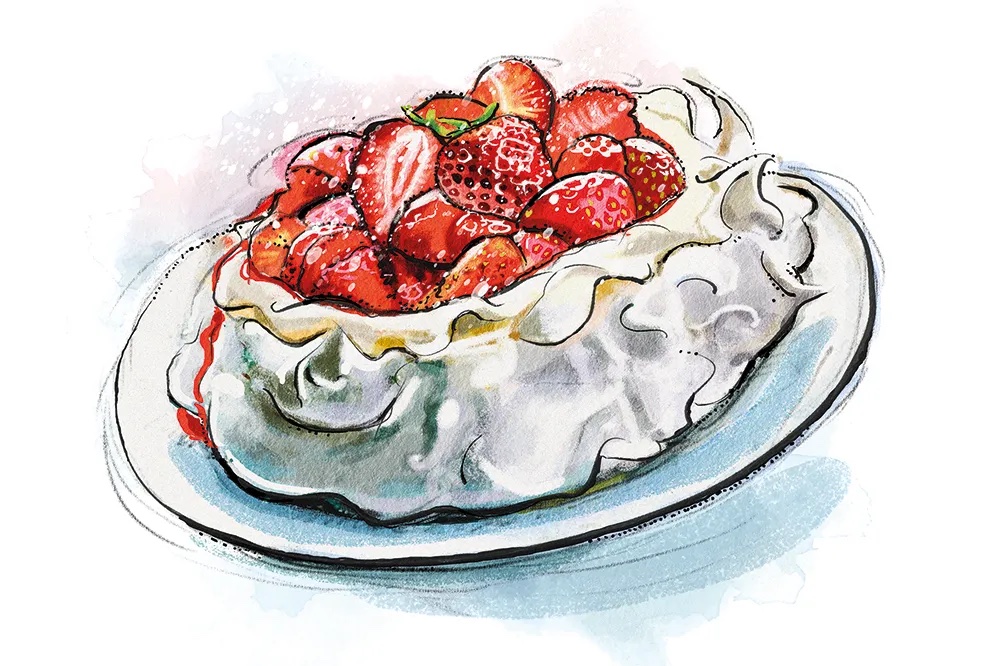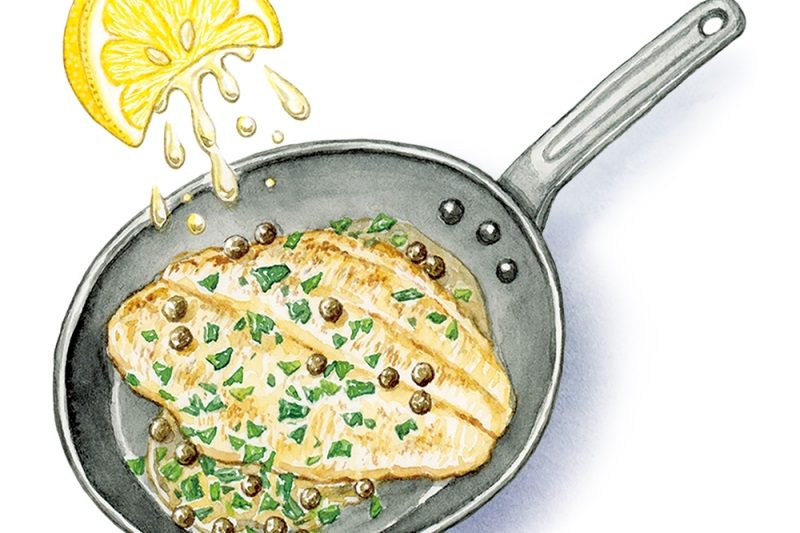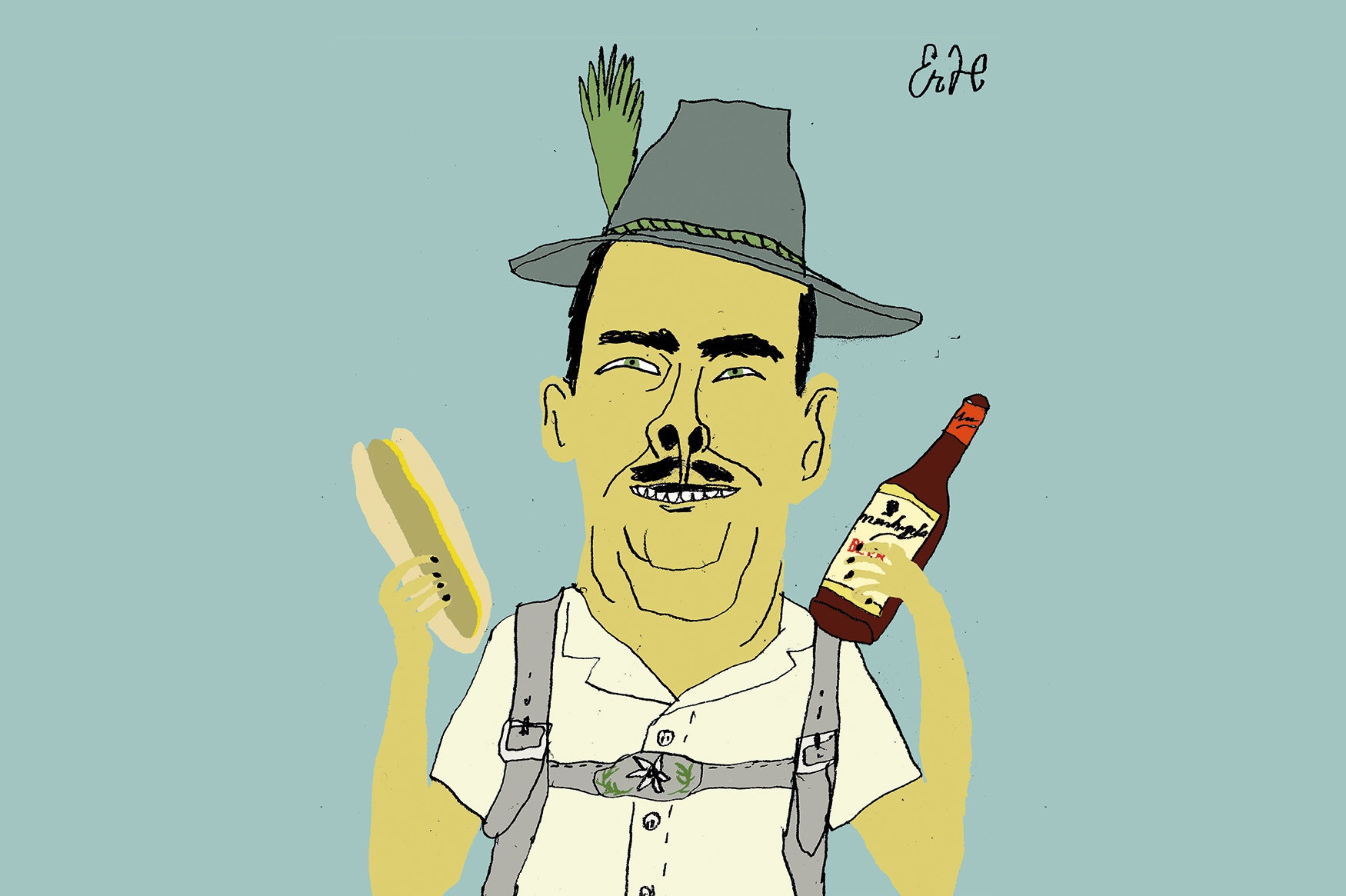Pastry chef Alistair Wise says never to make pavlova on a rainy day. “Just forget about it,” he advises.
And that’s only the tip of the iceberg when it comes to perfect-pavlova advice. Run a cut lemon around the inside of your bowl before whipping the egg whites. Don’t use fresh egg whites, but also don’t use cold egg whites. Don’t use a plastic bowl, as it may harbor grease. The bowl you do use must be scrupulously cleaned and dried… Don’t whip the whites on a “high” setting, but whatever you do, definitely don’t whip them on low. Use clean sugar — cue the desperate self-analysis of one who has never second-guessed the cleanliness of bagged sugar! Use superfine sugar, or all will be a disaster. Draw a circle on your parchment paper with a marker to ensure you don’t make a lopsided shape. Don’t decorate your pavlova too soon or it may become soggy.
…you know what, forget pavlova. Let’s go for ice cream!
Or so you might be forgiven for concluding after this myriad of musts and nevers. And that would be a shame, because pavlova is a dream to make. It’s also one of the prettiest summer desserts out there, satisfyingly sweet but lighter than cake, with a mildly addictive texture, the perfect base for strawberries or peaches. At its best, it’s a gorgeous pillow of crunchy-yet-marshmallowy meringue, heaped high with whipped cream and sun-ripened fruit.
There’s no need for anyone armed with a high-powered stand mixer to fear the Pav. Have leftover egg whites from hollandaise or zabaglione? Toss them into the mixer bowl, add a quarter-cup of sugar per egg white, a pinch of salt and a couple tablespoons of lemon juice, then whip until stiff and glossy. Add vanilla or other flavoring if you wish. Heap the meringue into a round shape onto a baking sheet lined with parchment paper (you can use a spatula to swirl the top and edges if you wish, but it’s not necessary) and bake for roughly an hour at 250°F. Turn off the heat after an hour and leave the pavlova in the oven for a few hours or overnight. Just before serving, top with whipped cream and fresh fruit.
Of course, there are many more precise recipes for those who want to fine-tune the results. But this should work well enough to get you started. Rustic-looking pavlovas are all the rage right now, baked in loose, swooshed puffs, allowed to brown and crack, then drowned in impressionistic waterfalls of yellow custard, white cream and red berry sauce, perhaps topped with ground green pistachios. It’s a riotous feast of color, not unlike the rowdy glory of a Baroque ceiling or the vociferous Monteverdi Vespro della Beata Vergine.
The origins of pavlova are hotly disputed. Australia and New Zealand both claim the honor of having invented it. For Australia’s part, chef Bert Sachse is said to have first whipped up the sweet at the Esplanade Hotel in Perth in 1935, upon which the house manager called it “light as Pavlova,” referring to the iconic ballerina. New Zealanders say, however, that the dessert was invented in their country in 1926 by an unknown chef in Wellington to commemorate Anna Pavlova’s tour across their country.
Whatever the case, this airy tutu of a dessert is well named. Anna Pavlova was something entirely unique in the history of ballet, an unconventional and in some ways visionary character who brought ballet around the world as her Russian homeland lost, with its monarchy, the cultural support needed for the artform to thrive.
Her most famous role was “The Dying Swan.” This was a short solo set to Camille Saint-Saëns’s “Le Cygne” from his Carnival of Animals, and it became Pavlova’s signature piece. She danced it all around the world. For the performance, she would wear an ornate swan costume complete with feathered wings and a swooping tutu. (Several of these costumes have been preserved, and the cream-laden meringue dessert offers them a just homage.)
Pavlova died tragically at forty-nine after refusing surgery that would have left her unable to dance. Legend has it that her dying words were, “Bring me my Swan costume…”
It makes a good story, but there’s something terribly sad about it. The Dying Swan shows, with great pathos and expression, a bird mortally wounded, struggling to come to terms with death, fluttering, fighting desperately for life, until finally it sinks the ground and is still. The spirit struggles with nature, but in the end is defeated. As a piece of art, it’s magnificent. But as the closing scene of a human life, there’s little hope expressed, little sense of the redemptive value of suffering, little sense that on the other side of the valley of the shadow of death lies immortality.
Perhaps Pavlova felt that in her swan costume she had given everything she had to give, become as perfect as she could be, that with it, she would not face eternity empty-handed. Or perhaps the story is no more than legend. Who knows?
But in the light sweetness of the dessert she inspired lies a lovely antidote to the anguish of the Dying Swan. As ephemeral and as delightful as a pas de bourrée, the pavlova is at its best something beautiful united to something light-hearted yet nourishing, a food that pleases the eye and mind, that gives nutrients to the body and that can even, when served to friends and family, express love. Where the Dying Swan is about nature and spirit terribly at odds, delicious and beautiful food literally keeps body and soul together.
Never make pavlova on a rainy day — but always remember pavlova on rainy days. In the fleeting joy of beautiful foods shared with loved ones lies a hope-filled promise that somewhere across the great divide, joy can go on forever.
This article was originally published in The Spectator’s August 2024 World edition.


























Leave a Reply